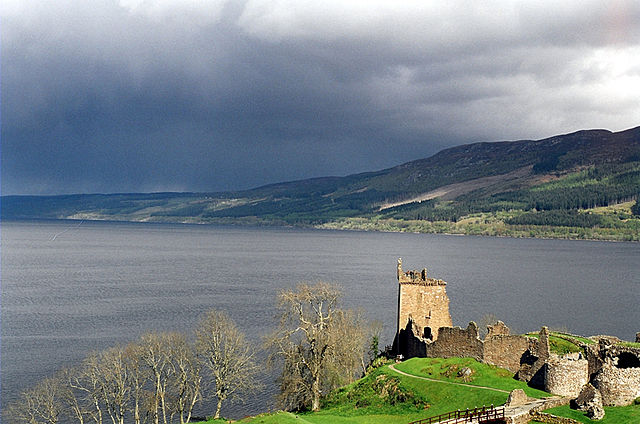Scottish mythology is the collection of myths that have emerged throughout the history of Scotland, sometimes being elaborated upon by successive generations, and at other times being rejected and replaced by other explanatory narratives.
The Corryvreckan whirlpool
Callanish Standing stones
Loch Ness, the loch in Scotland in which the monster was reported to have been sighted
Celtic mythology is the body of myths belonging to the Celtic peoples. Like other Iron Age Europeans, Celtic peoples followed a polytheistic religion, having many gods and goddesses. The mythologies of continental Celtic peoples, such as the Gauls and Celtiberians, did not survive their conquest by the Roman Empire, the loss of their Celtic languages and their subsequent conversion to Christianity. Only remnants are found in Greco-Roman sources and archaeology. Most surviving Celtic mythology belongs to the Insular Celtic peoples. They preserved some of their myths in oral lore, which were eventually written down by Christian scribes in the Middle Ages. Irish mythology has the largest written body of myths, followed by Welsh mythology.
The Celtic god Sucellus
Votive Celtic wheels thought to correspond to the cult of Taranis. Thousands of such wheels have been found in sanctuaries in Gallia Belgica, dating from 50 BCE to 50 CE. National Archaeological Museum, France
Riders of the Sidhe, a 1911 painting of the aos sí or Tuatha Dé Danann, by the artist John Duncan
An illustration of Llŷr and the swans by H. R. Millar







